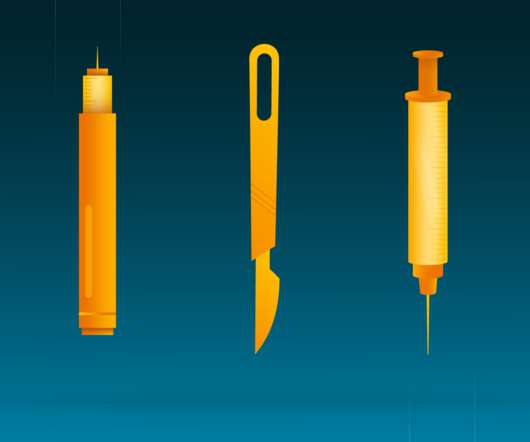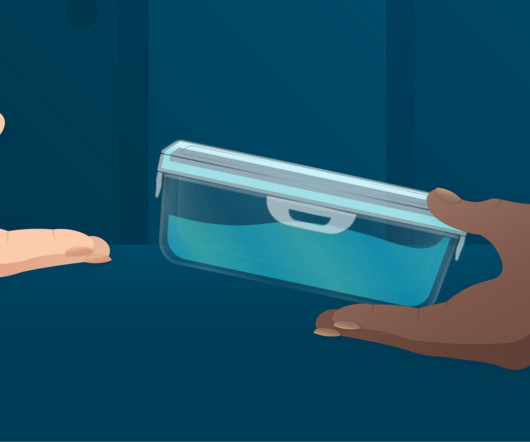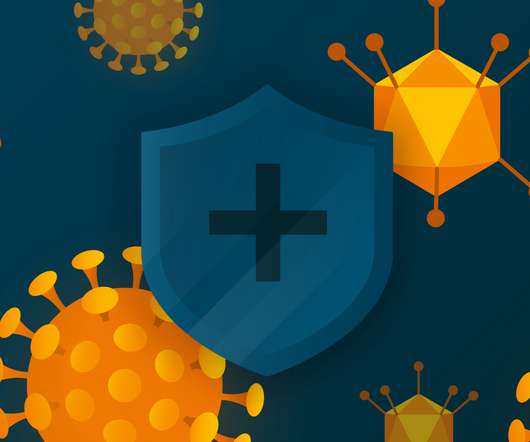Safe Sharps Handling When Dispensing Investigational Products
Advarra
AUGUST 31, 2022
A loaded syringe can be safely capped using either: A safety engineered syringe. All potentially infectious sharps must be disposed of in a biohazard sharps container immediately after use without recapping. Safety-engineered Syringes. The one-handed scoop technique. A recapping tool. Needles must not be bent or sheared.












Let's personalize your content